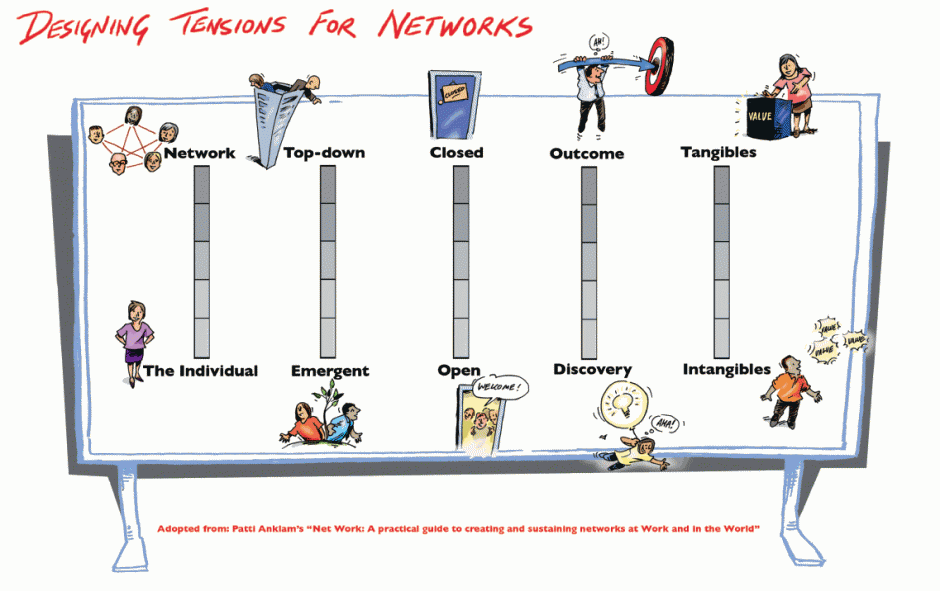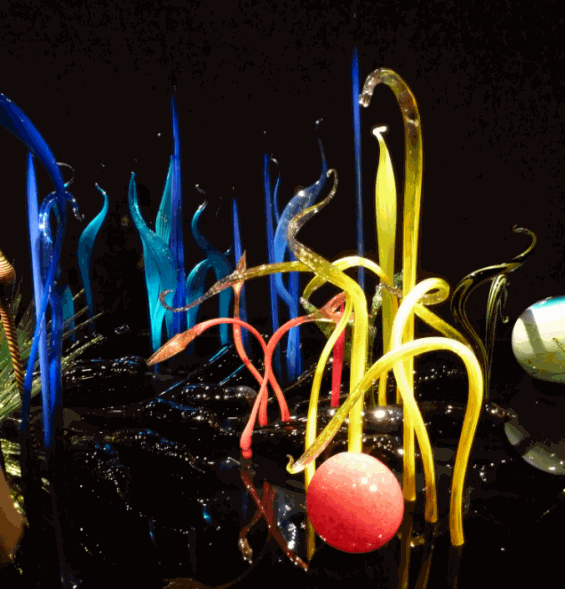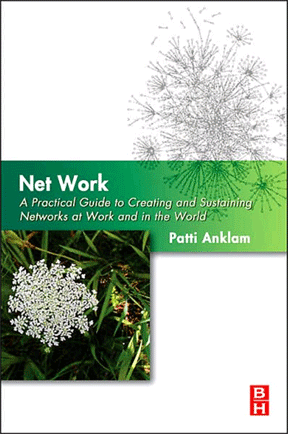Network Tensions
I was reminded recently during a meeting with a client about the importance of both distinguishing and acknowledging the tensions inherent in intentional networks. The case in point: a very high-powered network of senior leaders in the nonprofit arena who had been carefully selected to be part of a facilitated network. The funder of this network supported network members by providing them sabbaticals; planning and facilitating shared learning experiences outside their geographic area; and giving them opportunities to meet, identify shared goals and possible areas for collaboration; and fostering their visibility to the wider nonprofit and political communities.
The funder did not set specific goals for the network. That is, there was nothing that they were expected to work on as a common effort. The intention was purely to provide a container that bounded the network and to stimulate the network in various ways to enable collaborative opportunities to emerge. And they did. Still, some people continued to question the “why” of this network. What were they supposed to do, exactly?
This tension, I noted, is one of the primary ones I exposed in Net Work: “Outcome v s. Discovery.” Tensions, I wrote, “are present all the time; both leaders and members of a network should be aware of how these tensions impact the health of a network. All networks will shift along these lines of tension as they respond to changes in the environment, changes in the demographics of their members, and changes in purpose, structure, and style.”
In one of those delightful moments of serendipity, I very shortly thereafter received via email from Andrew Rixon the following cartoon:
(Cartoonist: Simon Kneebone)
It’s always nice to hear that Net Work is being used, and useful and especially gladdening to see depictions such as this one. Thanks, Andrew!




